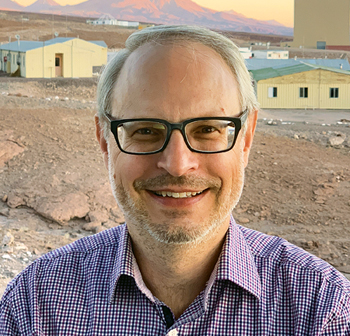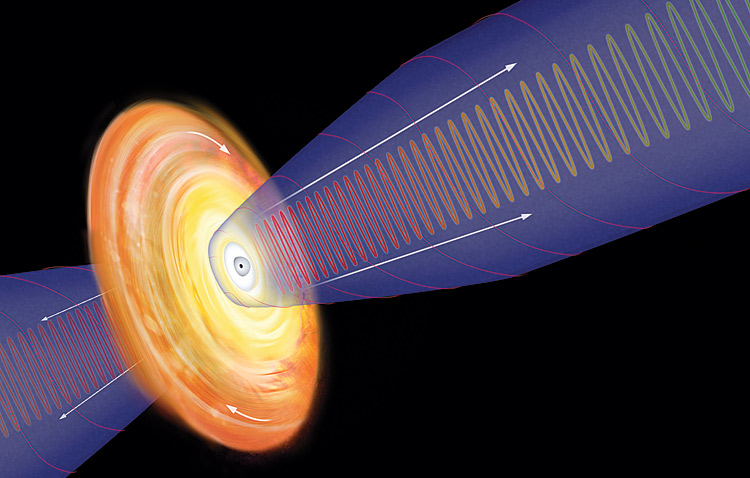INDIAN ARMED FORCES CHIEFS ON OUR RELENTLESS AND FOCUSED PUBLISHING EFFORTS

The insightful articles, inspiring narrations and analytical perspectives presented by the Editorial Team, establish an alluring connect with the reader. My compliments and best wishes to SP Guide Publications.

"Over the past 60 years, the growth of SP Guide Publications has mirrored the rising stature of Indian Navy. Its well-researched and informative magazines on Defence and Aerospace sector have served to shape an educated opinion of our military personnel, policy makers and the public alike. I wish SP's Publication team continued success, fair winds and following seas in all future endeavour!"

Since, its inception in 1964, SP Guide Publications has consistently demonstrated commitment to high-quality journalism in the aerospace and defence sectors, earning a well-deserved reputation as Asia's largest media house in this domain. I wish SP Guide Publications continued success in its pursuit of excellence.
- The layered Air Defence systems that worked superbly, the key element of Operation Sindoor
- Operation Sindoor | Day 2 DGMOs Briefing
- Operation Sindoor: Resolute yet Restrained
- India's Operation Sindoor Sends a Clear Message to Terror and the World – ‘ZERO TOLERANCE’
- Japan and India set forth a defence cooperation consultancy framework, talks on tank and jet engines
EXCLUSIVE
Decoding the Mystery
In an exclusive interview with Ayushee Chaudhary of SP’s Aviation, Dr Joseph E. Pesce, PhD, Programme Director, Division of Astronomical Sciences, Directorate for Mathematical & Physical Sciences, National Science Foundation unravels the mystery of the Black Hole

Ayushee Chaudhary (SP’s): What does it really mean to have captured an image like this for astrophysics?
Dr Joseph E. Pesce (Dr Joseph): Black Holes naturally come out of Einstein’s theory of relativity. The possibility of the existence of a Black Hole has been around for almost 100 years now. Through recent scientific activities, we have had lots of indirect evidence of the existence of a Black Hole so we were confident about it; but we had never been able to see it directly. This is the first direct evidence that in a small space we have a huge mass which can’t be anything other than a black hole. That is a great indication that a large amount of research that has gone into studying Black Holes, is correct.
SP’s: Having Einstein’s theory as a base was helpful or does it limit the possibility in any manner?
Dr Joseph: So that gets to the fundamental aspect of science. From an ideal perspective, having a guess or hypothesis that may eventually become a theory before the observations, is the ideal way because that keeps you from all sorts of human bias which can otherwise come in. But having a theory like this is very rare. That is why, only Einstein could come up with it and making observations that show that the theory is, in fact, correct, is thrilling.
SP’s: Is it easy to completely isolate from a pre-conceived notion of the image while that is being deciphered?
Dr Joseph: The various teams were attempting to ensure that what was being observed was the actual view of a Black Hole and not some other specific phenomenon. It is a part of the process to look at all the possibilities and then eliminate some of those. Honestly, I didn't know precisely what to expect. We had speculations, what if it is different from what we have been studying based on Einstein's theory? That would have been a challenge in an exciting way. However, during the simulations, while the image was still being perceived, there were indications of it being similar to expectations from theory. Seeing the simulations I did not think that it would be anything that is remarkably different, but that doesn't change the fact that it was a pretty amazing moment and an emotional one to see the image be just as we had been studying and expected.
SP’s: What are the further steps now?
Dr Joseph: As part of the scientific experiment and Event Horizon Telescope (EHT) project, to begin with, the next steps are simply to explore the the region around a Black Hole in a better way with better sensitivity and to make more observations in the future.
The better we understand the laws of physics, the better we are able to develop new technology
SP’s: There were attempts to capture the Black Hole of our own galaxy, Milkyway as well. What about that?
Dr Joseph: These objects are extremely difficult to observe and at the moment, there are only two supermassive black holes that we could observe with the EHT i.e. the Black Hole in the centre of our galaxy and that of M87. The one in M87 is much more distant, but also much larger than the one in our the galaxy which is much closer, but also much smaller. The observations continue for both of them. The science on the sky is about the same, the challenge is that because our Black Hole is much smaller, the material, the gas and the particles that are rotating around it, are moving much faster and the time it takes for the material to orbit our Black Hole is shorter than the time it takes for the material to orbit around the Black Hole of the M87 which means that the brightness variations change rapidly over a shorter time and that is the difficulty in making the observations of the black hole in our galaxy. These observations require a certain length of time, something like the exposure on a camera. Also, the object that you are trying to take a picture of is moving or changing which makes the photograph to be obtained more difficult. This is the challenge with the Black Hole of our galaxy. We do have some observations on which the EHT team is currently working; we might have an image in the near future.

SP’s: How crucial is the weather and how can it impact such an experiment?
Dr Joseph: Radio telescopes are affected by the wind which can make it difficult for them to point, but more importantly, the frequency of the wavelength tends to get absorbed by the water vapour in our atmosphere. This is why these observatories are placed in very dry regions of the Earth so that there is very little moisture above these telescopes. So if there is a weather system that causes water vapour to increase or wind, it is going to affect the observations; so maybe, that particular telescope can’t even be used then. For every individual telescope across the globe which was used in this process, you need to be careful and the weather differs in each area so it makes the combined observations over all these telescopes at the same time more difficult.
SP’s: Is there a specific aim or idea in your mind as an astrophysicist about what should be the next step in the observation of a Black Hole now that we have this image?
Dr Joseph: We want to look for changes. In the future of more observations we will try and detect the changes in the environment of a Black Hole, get more and better images with higher resolution. The scientific questions are: what is happening around the environment of a Black Hole, we would like to see the material that is falling into the Black Hole, the accretion disk, the formation area of the jets that come out from this region, how these jets are formed and then learn about more Black Holes, not just the one in our galaxy or M87. This will also, allow us to figure out if all of them are acting the same way in each galaxy or if there are variations.
SP’s: How does the presence of a Black Hole affect the working of our galaxy?
Dr Joseph: Even though a Black Hole is a huge mass, the galaxy around it is much larger. A Black Hole doesn’t matter so much to the rest of the galaxy. However, the question is: did the Black Hole form first and then the galaxy formed around it or vice versa? Does the Black hole serve as a seed for the formation of a galaxy or galaxies in general? That is very interesting and might help us understand where the Black Hole came from. We are yet to understand the answer how did these supermassive Black Holes form, but it is an area of active research. These big Black Holes not so much ours but that of M87, they are feeding on material, producing a tremendous amount of energy and creating jets. That energy and these jets can have an impact on the galaxy itself, giving out a lot of material and electromagnetic radiation. It could even be causing star formations in the galaxy or maybe turning off certain star formations in the galaxy. So a big active nucleus like M87 will certainly impact its galaxy in a way we might not expect. It is not necessary about gravity directly, but about the energy that is produced from gravity. These are all areas of active research, we are making progress and there is a lot going on.
SP’s: How significant is such an achievement for science and technology?
Dr Joseph: These observations do set the groundwork for improved technology and a better understanding of laws of nature, which further allows us to understand nature in a better way. The direct observation of a Black Hole helps a particular area of astrophysics, but more broadly, it allows us to understand more than just astrophysical theories, it allows us to understand the undertakings of nature itself. And, for example, the better we understand the laws of physics, the better we are able to develop new technology that will lead to advanced technologies.





